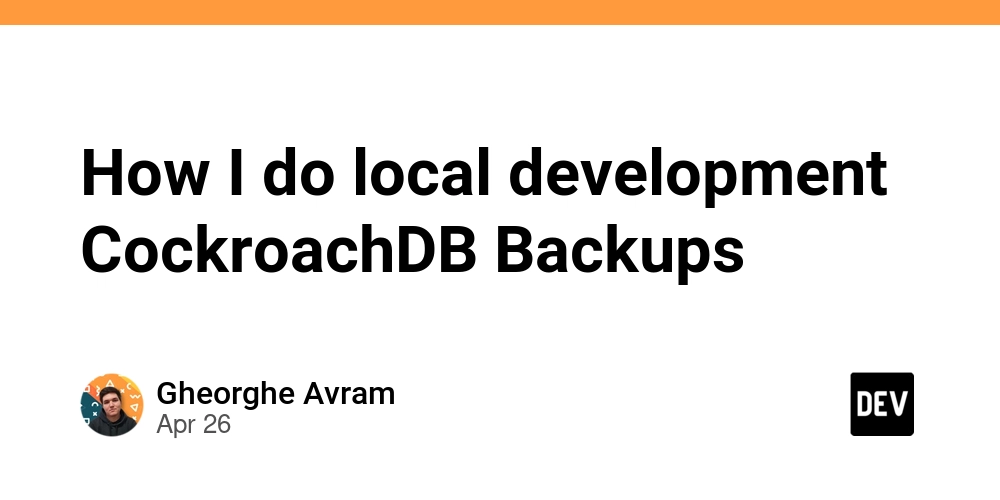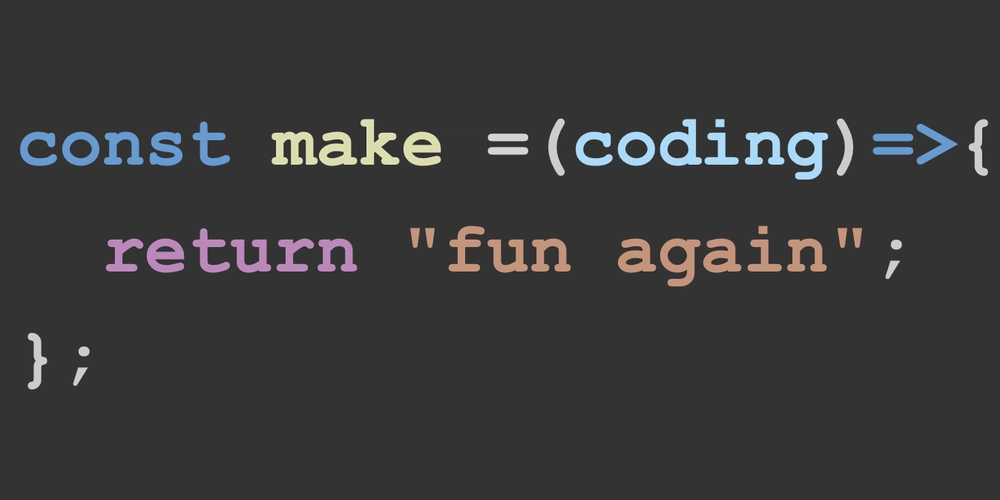
Level Up Your Golf App: Mastering Cookies with HAProxy
Want to enhance your Golf application's user experience? Learn how to use cookies in Golf and integrate them seamlessly with HAProxy. This guide provides an easy-to-follow walkthrough, empowering you to implement state management and improve your app's functionality using Golf cookies and HAProxy integration using FastCGI.
Why Use Cookies in Your Golf Application?
Cookies are vital for remembering user information on the client-side. They eliminate the need for users to repeatedly enter data, like usernames or preferences, offering a smoother experience. This is especially helpful for applications of all kinds as it saves steps and makes the experience far more intuitive for your end-user.
- Remember User Preferences: Store settings like theme preferences or preferred language.
- Maintain Session State: Track user login status and shopping cart contents.
- Personalize Content: Display customized content based on user history.
Setting Up Your "Yum" Golf Application
Let's create a simple Golf application named "yum" to demonstrate cookie usage. This application will allow users to enter their name, store it in a cookie, and retrieve it later:
- Create a Directory:
- Create
biscuit.golf:begin-handler /biscuit get-param action if-true action equal "enter-cookie" // Display a form to get cookie value @<h2>Enter your name</h2> @<form action="<<p-path "/biscuit">>" method="POST"> @ <input type="hidden" name="action" value="save-cookie"> @ <label for="cookie-value">Your name:</label><br/> @ <input type="text" name="cookie-value" value=""><br/> @ <br/> @ <input type="submit" value="Submit"> @</form> else-if action equal "save-cookie" // Submittal of form: save the cookie through response to the browser get-param cookie_value get-time to cookie_expiration year 1 timezone "GMT" set-cookie "customer-name" = cookie_value expires cookie_expiration path "/" @Cookie sent to browser! @<hr/> else-if action equal "query-cookie" // Web request that delivers cookie value back here (to server); display it. get-cookie name="customer-name" @Customer name is <<p-web name>> @<hr/> else-if @Unrecognized action<hr/> end-if end-handler
Compile and Run Your Golf App
- Compile:
- Start the Server:
The
-p 3000option specifies the port your application will run on.
HAProxy Configuration for Golf and FastCGI
HAProxy acts as a web server and load balancer, directing traffic to your Golf application. It is known for its speed and efficiency when set up with FastCGI. Here's a basic HAProxy configuration:
frontend front_server
mode http
bind *:90
use_backend backend_servers if { path_reg -i ^.*\/yum\/.*$ }
option forwardfor
fcgi-app golf-fcgi
log-stderr global
docroot /var/lib/gg/yum/app
path-info ^.+(/yum)(/.+)$
backend backend_servers
mode http
filter fcgi-app golf-fcgi
use-fcgi-app golf-fcgi
server s1 127.0.0.1:3000 proto fcgi
- Set the frontend port to 90 to allow all web traffic into the web server.
- Redirect
/yum/Traffic: Direct any URL starting with/yum/to your Golf application. - FastCGI. Utilize FastCGI for optimal performance.
- Port 3000: Ensure it matches the port your Golf server is running on.
Restart HAProxy
After modifying the configuration, restart HAProxy to apply the changes:
Testing Your Application
Open your web browser and navigate to:
http://127.0.0.1:90/yum/biscuit/action=enter-cookie
Enter your name, submit the form, and then query the cookie:
http://127.0.0.1:90/yum/biscuit/action=query-cookie
You should see your name displayed, confirming the cookie was successfully set and retrieved.
HAProxy as web server alternative
While HAProxy is used in this example, other web servers like Apache and Nginx can also be configured to work with Golf applications using FastCGI.
By following this guide, you've learned how to implement cookies in Golf and integrate them with HAProxy. This knowledge will enable you to create more engaging and user-friendly Golf applications.























